UPDATE: You can find a brief entry on Adafruit blog, thanks!!!
UPDATE: You can find this project on Instructables webpage: http://www.instructables.com/id/Add-a-USB-Power-Port-to-a-10100-Switch/
Hi all! After some time out, due some hard work, I’m here again with a ‘one weekend’ project (in my case, with three childs. Sure it can be done in one afternoon!). I want to start some projects with Arduino and IoT, so the first things I need is an Arduino board, an Ethernet shield and a switch to connect it to the net. Also I need a power supply for the Arduino board, and I think that, better than a external USB AC wall adaptor or power supply, is modify the switch to add it a USB power port that can power the Arduino board. I’ve got at home a TP-Link TL-SF1008D, a simple 8 port 10/100 Mbps switch. So, let’s go to open it and add it the USB port!
The first thing we need is a Philips screwdriver to open it. Here’s a view of what contains the switch inside:
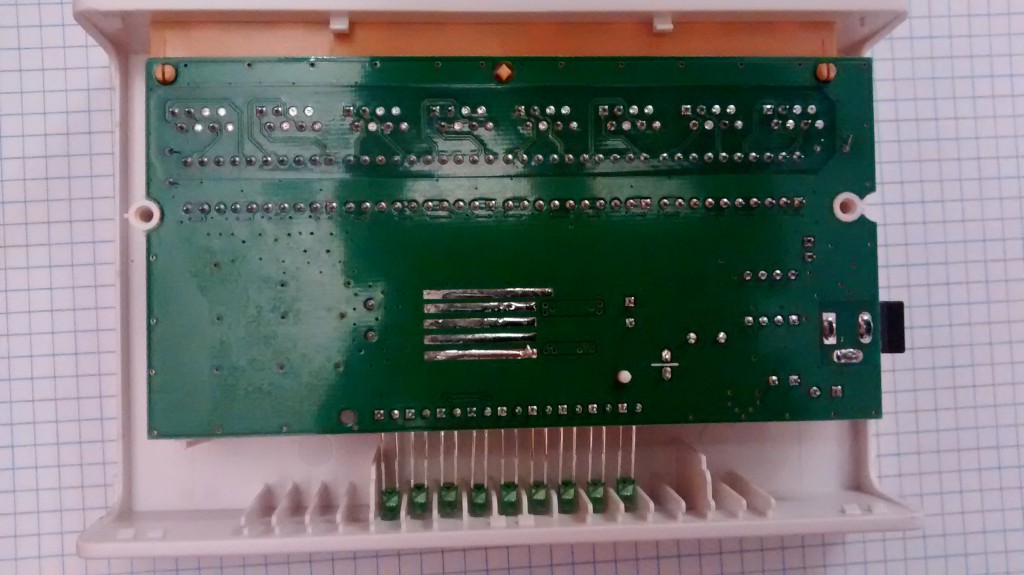 I’ll add the USB port in the rear side, near with the RJ-45 connectors. I choose a USB Shielded I/O Type A Receptacle that I’ve got at home from Molex (Part Number: 105057-0001). So, after remove the electronics from the case, I put the connector on the position, mark the zone and cut it with a cutter:
I’ll add the USB port in the rear side, near with the RJ-45 connectors. I choose a USB Shielded I/O Type A Receptacle that I’ve got at home from Molex (Part Number: 105057-0001). So, after remove the electronics from the case, I put the connector on the position, mark the zone and cut it with a cutter:
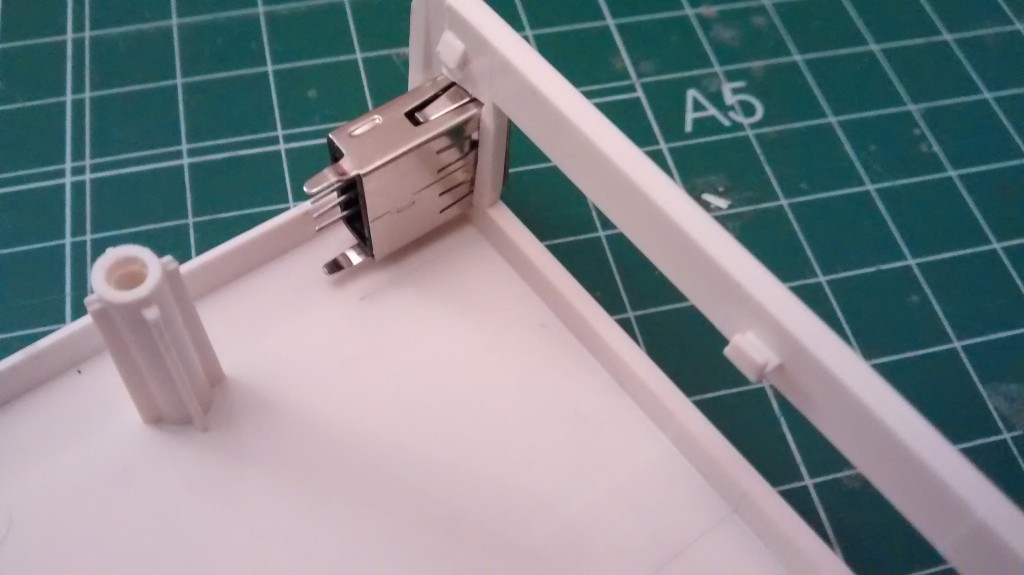 It seems that fits Ok, so the last check is mount again the board to ensure that the USB connector don’t hit it:
It seems that fits Ok, so the last check is mount again the board to ensure that the USB connector don’t hit it: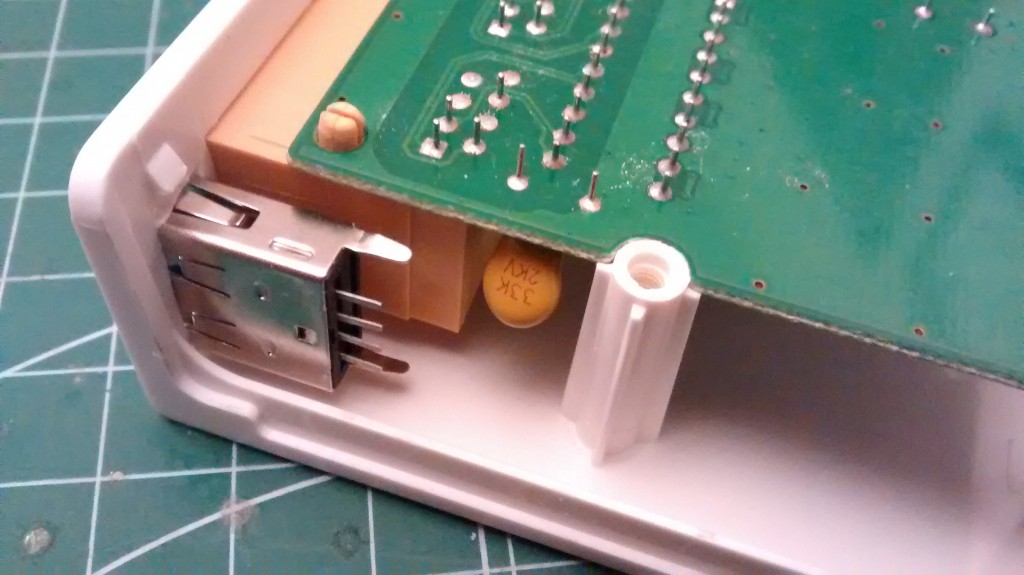
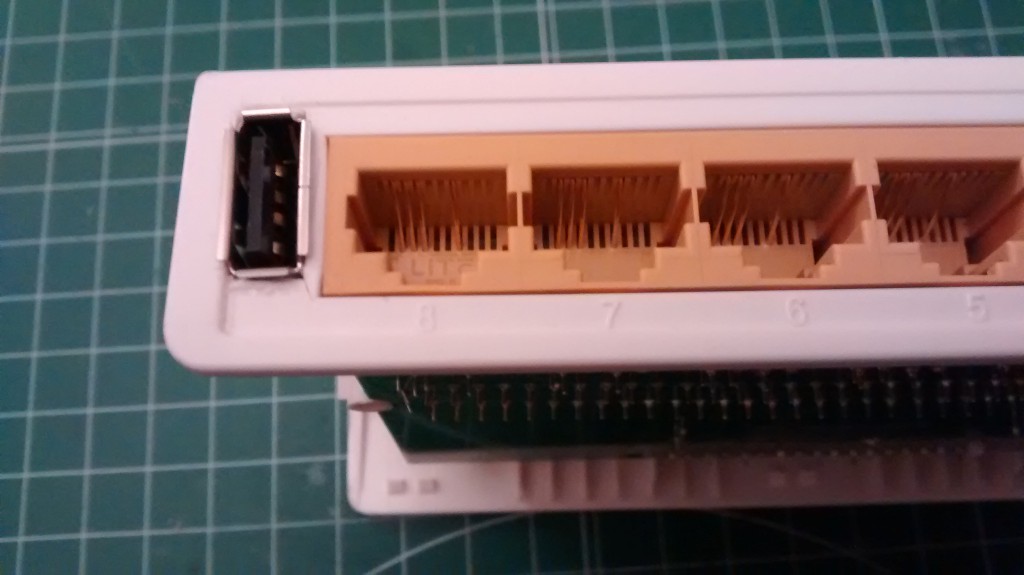
Perfect! Once the mechanical part is finish, let’s go with the electronics. The switch is powered with a 9V external power supply. So, my idea is take this voltage and reduce it to the 5V for the USB port using any converter. The easy way is use a LM7805 or similar linear regulator, it’s enough and will work fine. But I haven’t any at home, so I use a PTN78000WAH, from Texas Instruments. What’s this? It’s a high-efficiency, step-down Integrated Switching Regulators that can give up to 1.5 A and has a wide input voltage, from 7V to 36V. It only requires two capacitors (Input and output) and a resistor to fix the value of the output voltage (for 5V output, the required value is 21K). Obviously, is oversized for this application, but it’s the one I’ve on hand!. I mounted it on a breadboard, and also add a small 0.5A PPTC fuse on the output, to avoid damage the switch if there’s a shortcircuit on the USB port. The schematic and the breadboard are this:
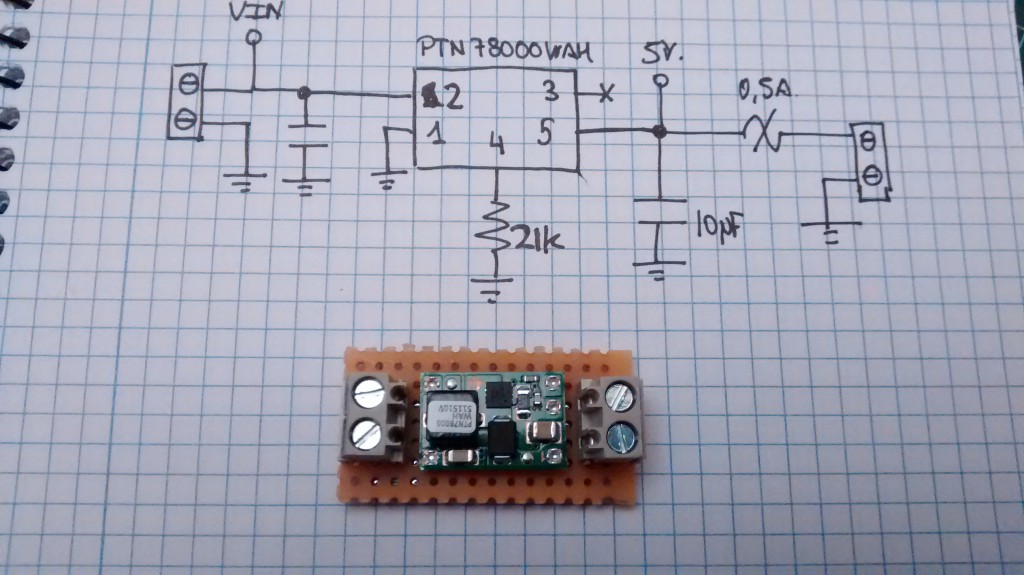
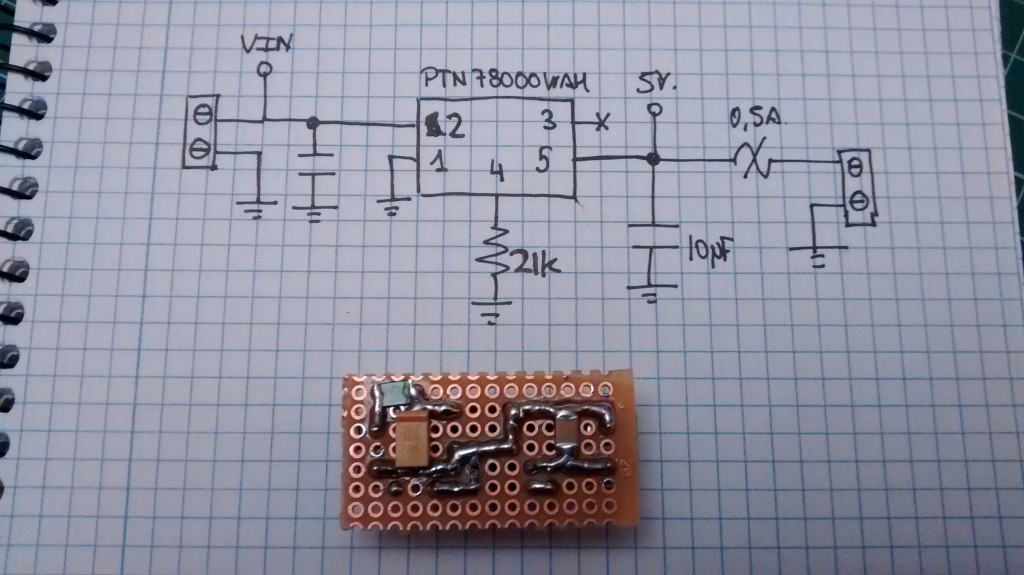
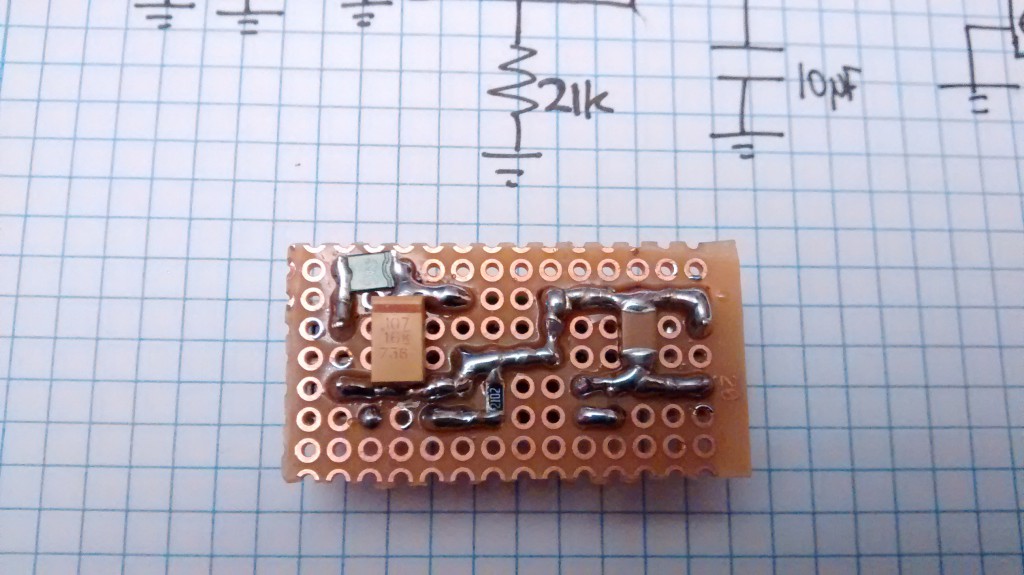 Now is time to wire the USB A connector and also obtain the 9V input voltage to the breadboard:
Now is time to wire the USB A connector and also obtain the 9V input voltage to the breadboard: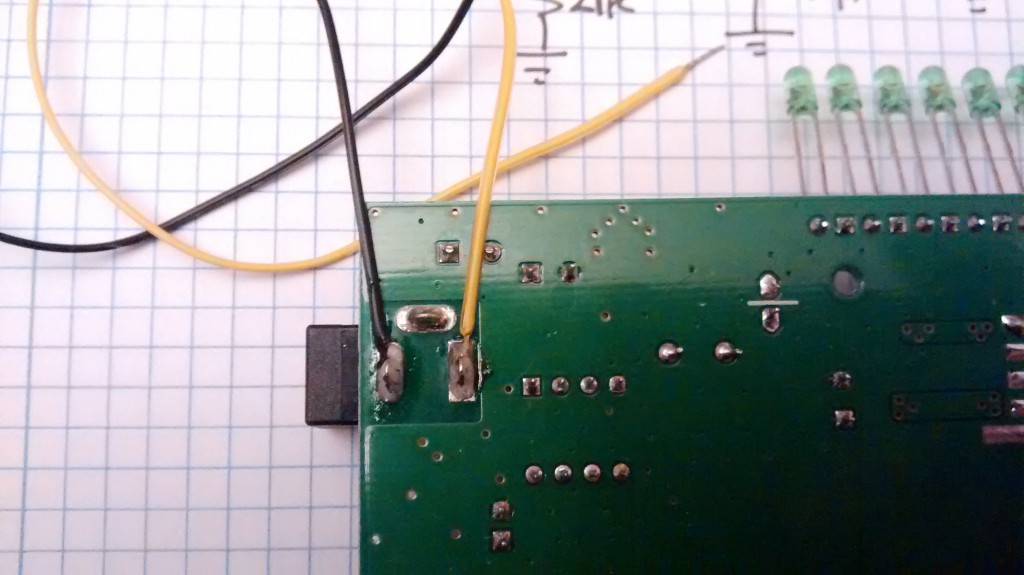
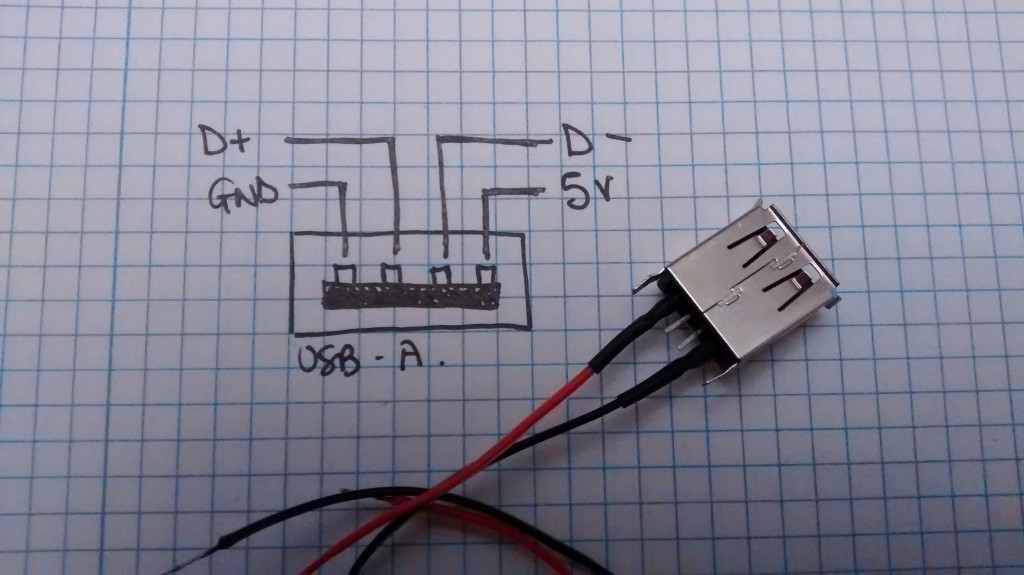 With all the wires ready, it’s time to make a test to ensure all works fine before assembly it on the case:
With all the wires ready, it’s time to make a test to ensure all works fine before assembly it on the case:
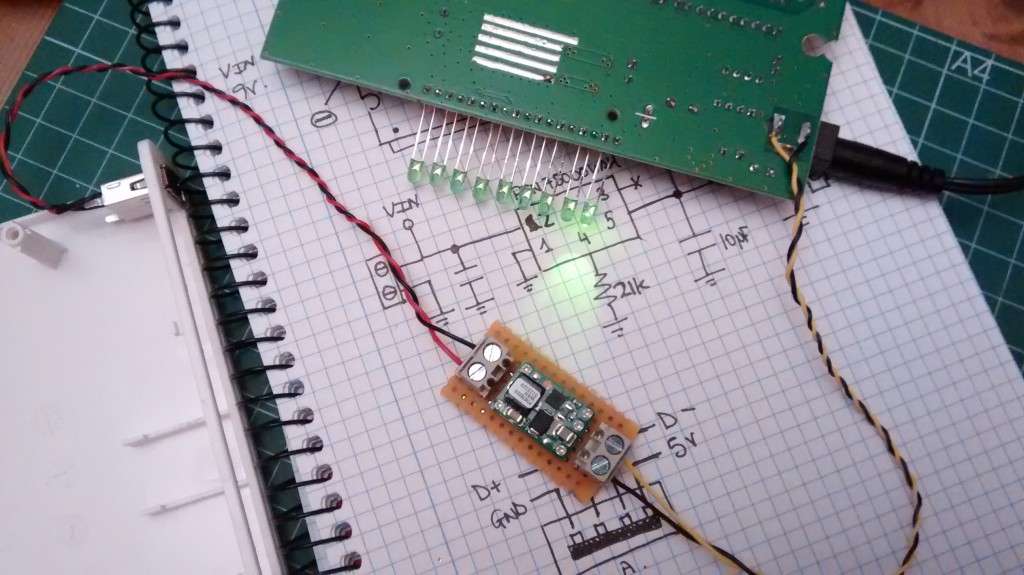
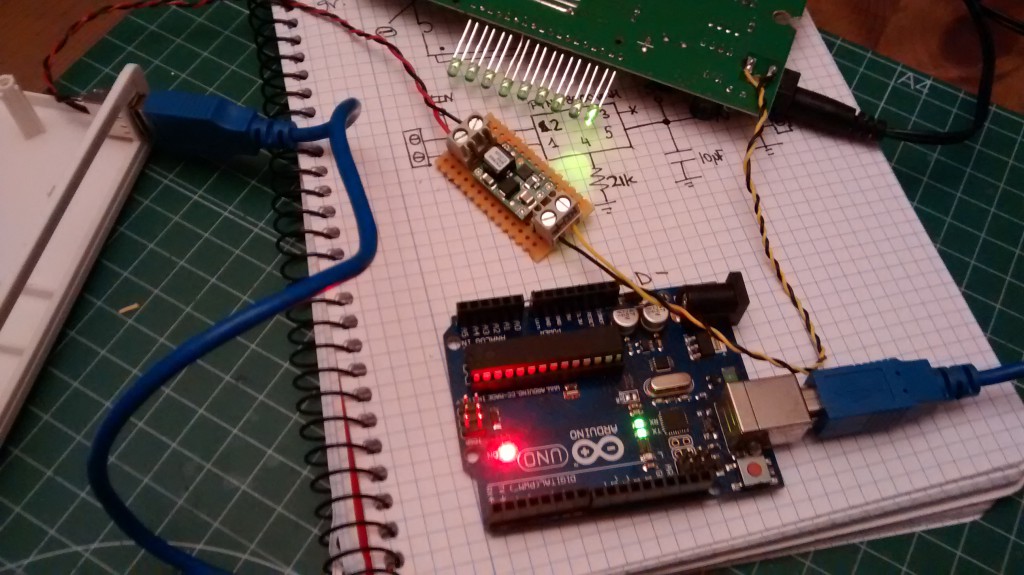 Ligths are good! All works fine, so it’s time to put all the elements on the case and close it. To fix both USB connector and breadboard, I use hot glue:
Ligths are good! All works fine, so it’s time to put all the elements on the case and close it. To fix both USB connector and breadboard, I use hot glue:
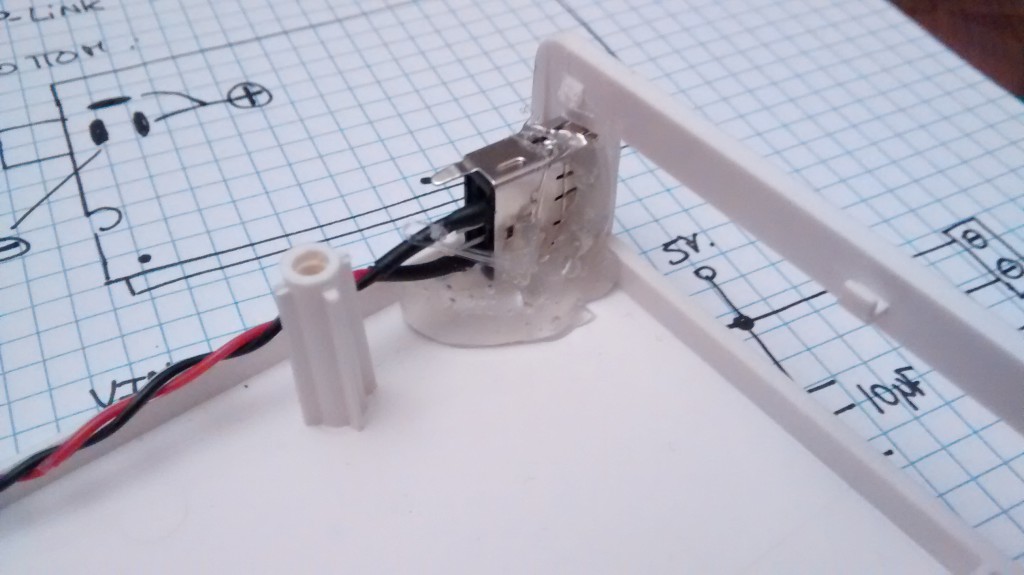
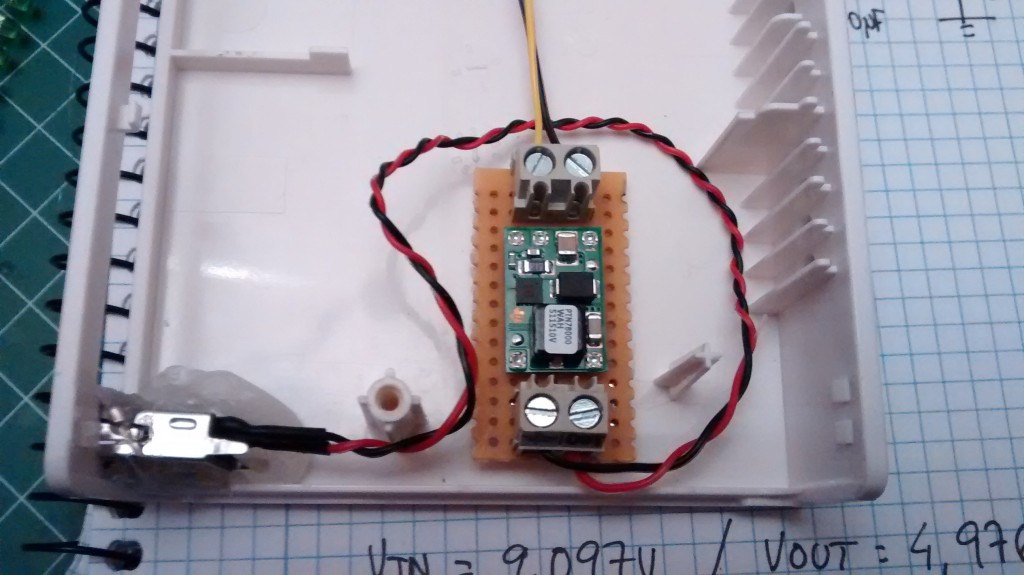

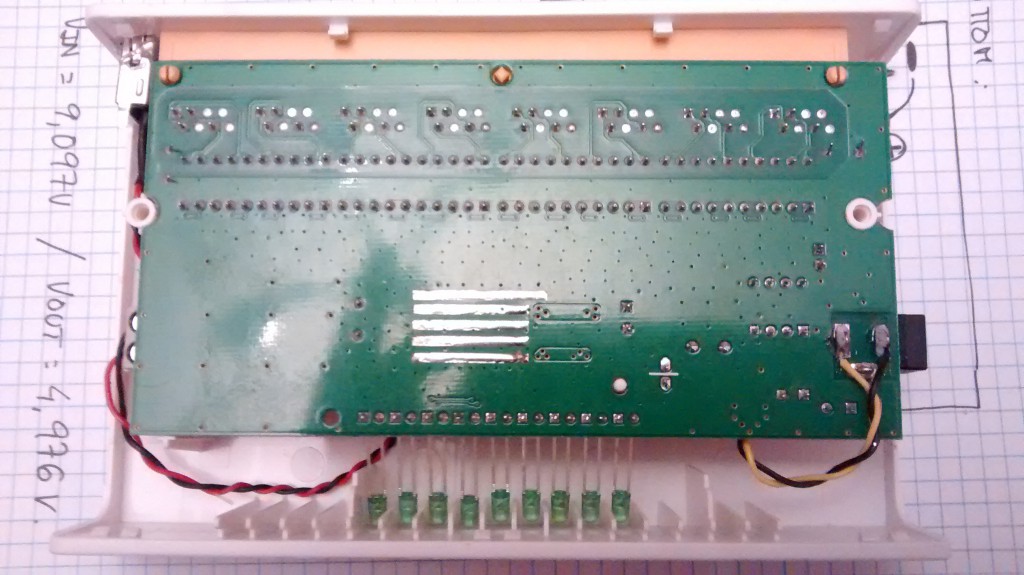 And finally, we only need to put the cover on the switch and enjoy with our new USB port!
And finally, we only need to put the cover on the switch and enjoy with our new USB port!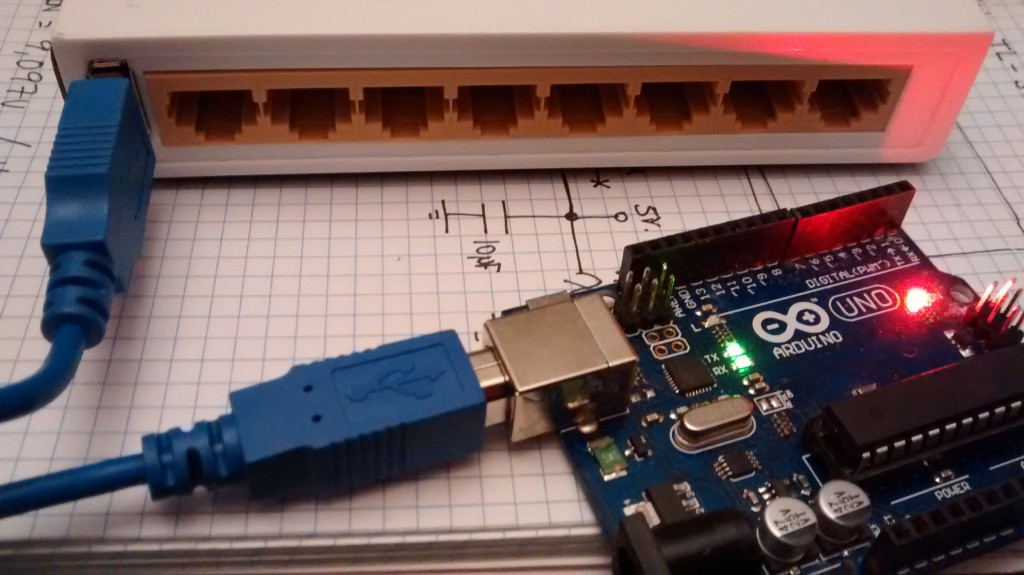
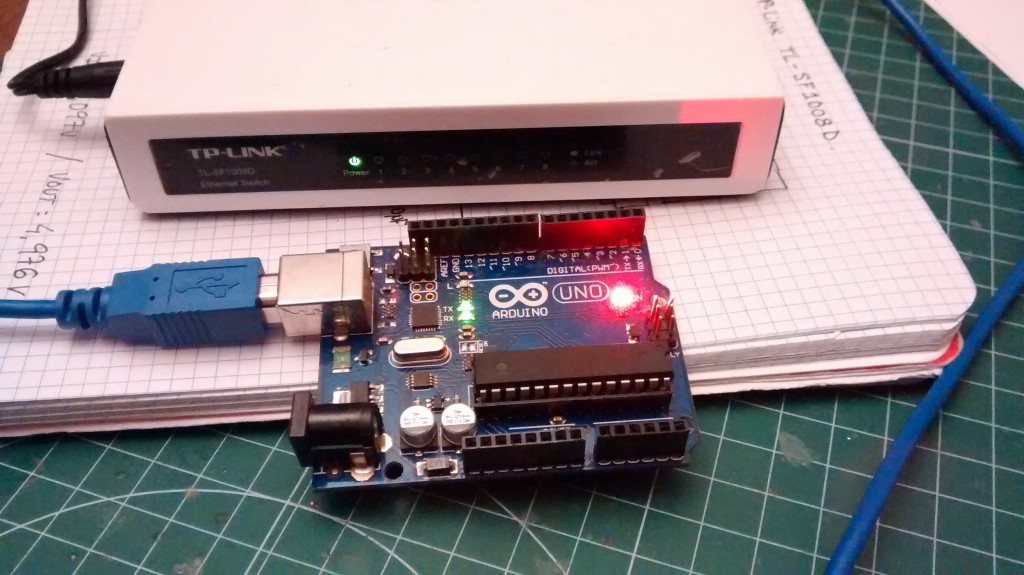
This post is also available in: Spanish
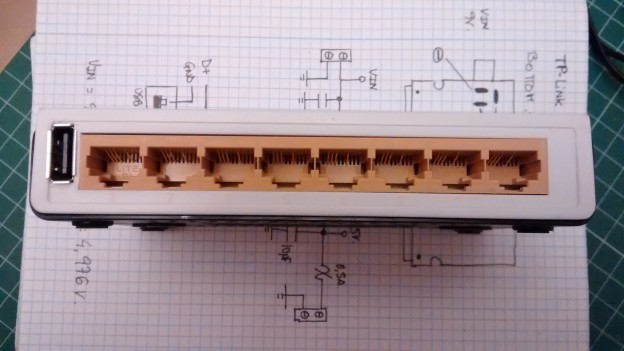
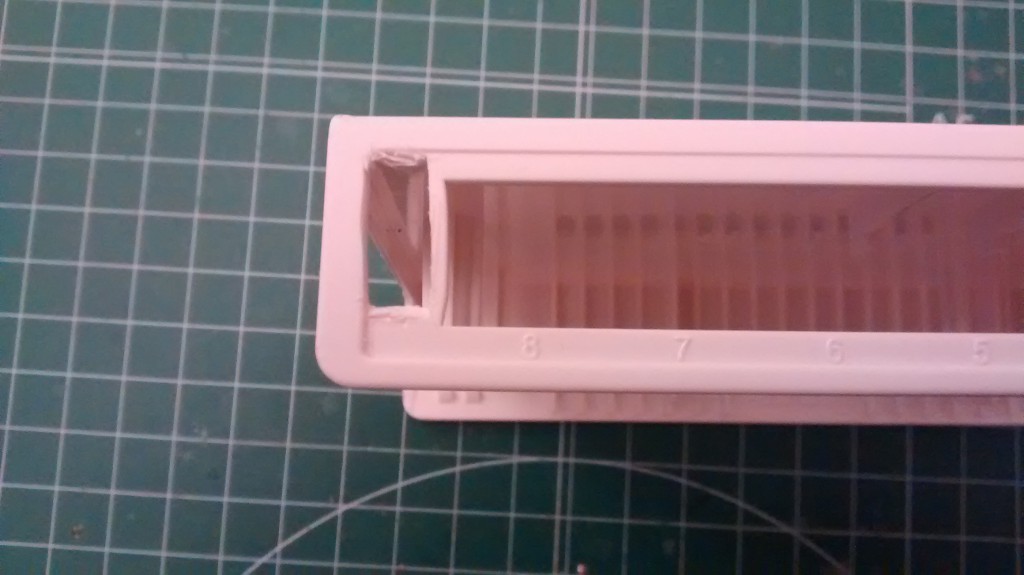
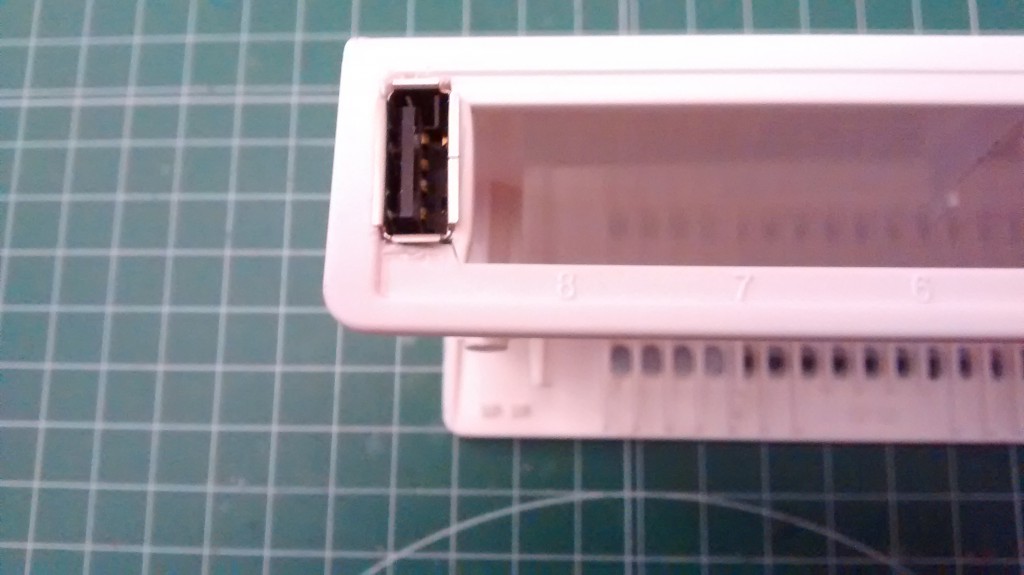








Pingback: Adding a USB power port to a switch for IoT - Electronics-Lab
Pingback: Adding a USB power port to a switch for IoT - Arduino collector blog
Pingback: Adding a USB power port to a switch for IoT | Electronics Infoline
Pingback: Ethernet Switch Hacked to Include USB Power Port for #Arduino « Adafruit Industries – Makers, hackers, artists, designers and engineers!
Pingback: USB Port pada Switch/Router untuk IoT - Starlectric